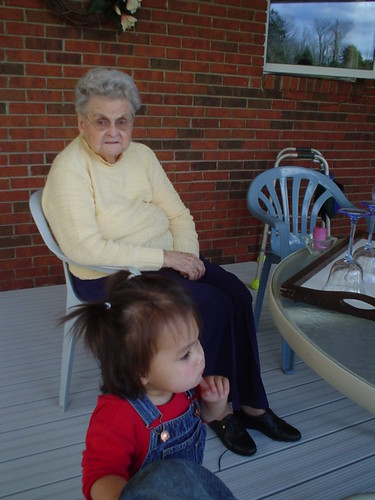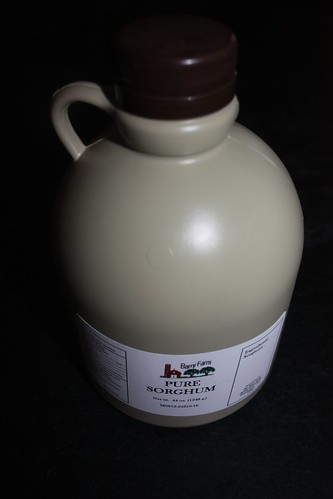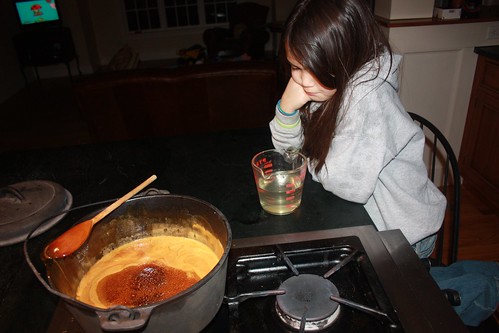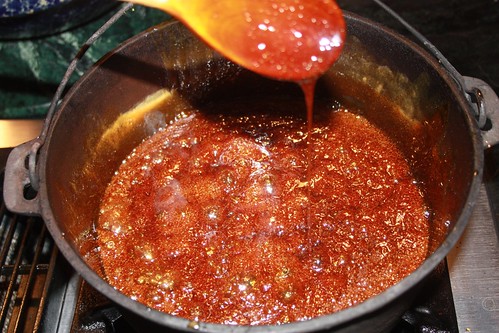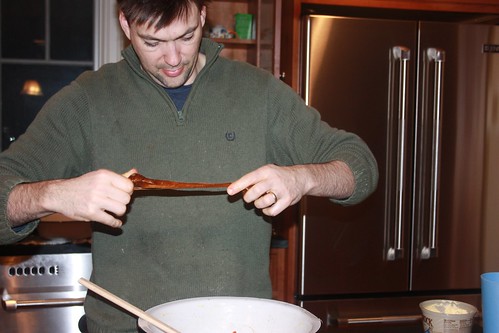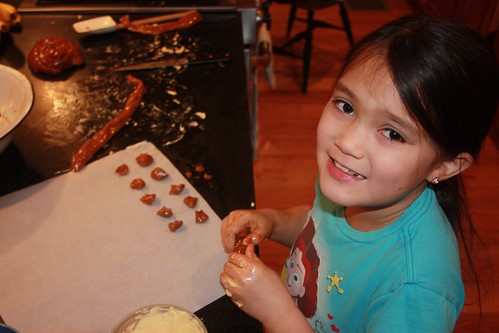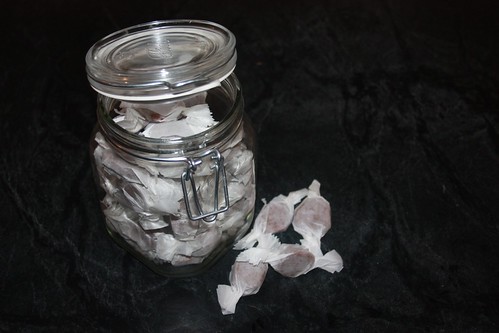My personal hajj - to find the perfect pig fat
/Several years ago, I went to Tuscany for the first time.
I'm lucky enough to work for a company with a major research and manufacturing center in Siena, Italy. It's actually the largest site in my division of the company. Which means, as much as I generally speaking hate the very idea of packing my suitcase, sleeping in not-my-bed and showering in not-my-shower, I still end up there at least a couple of times a year.
In this case, at least, it's a burden I'm willing to shoulder. You know, for the good of the family. Because I'm all noble like that.

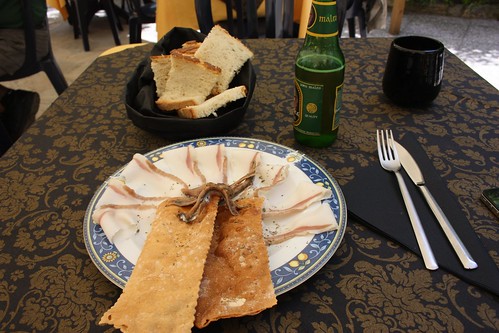
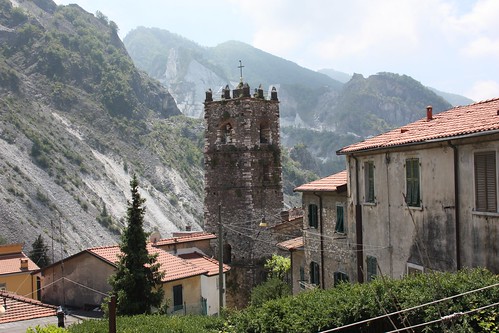

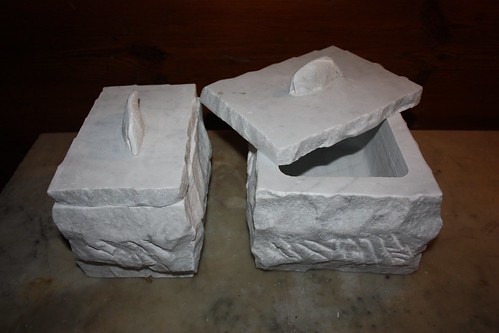
Read More





